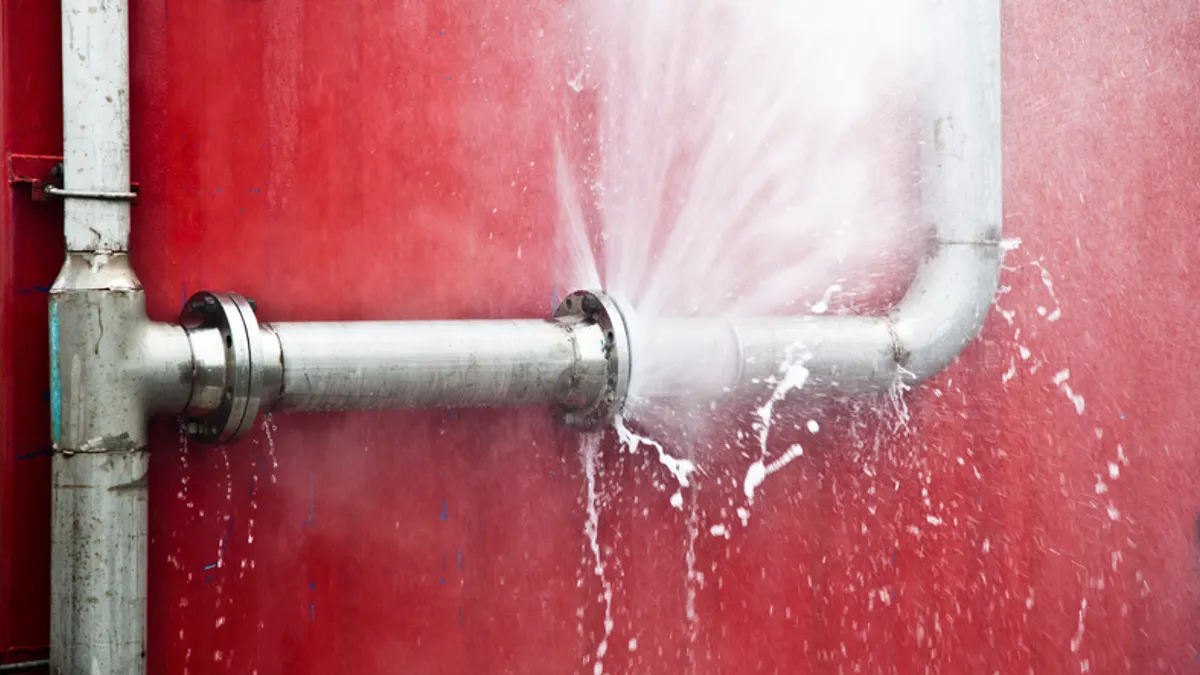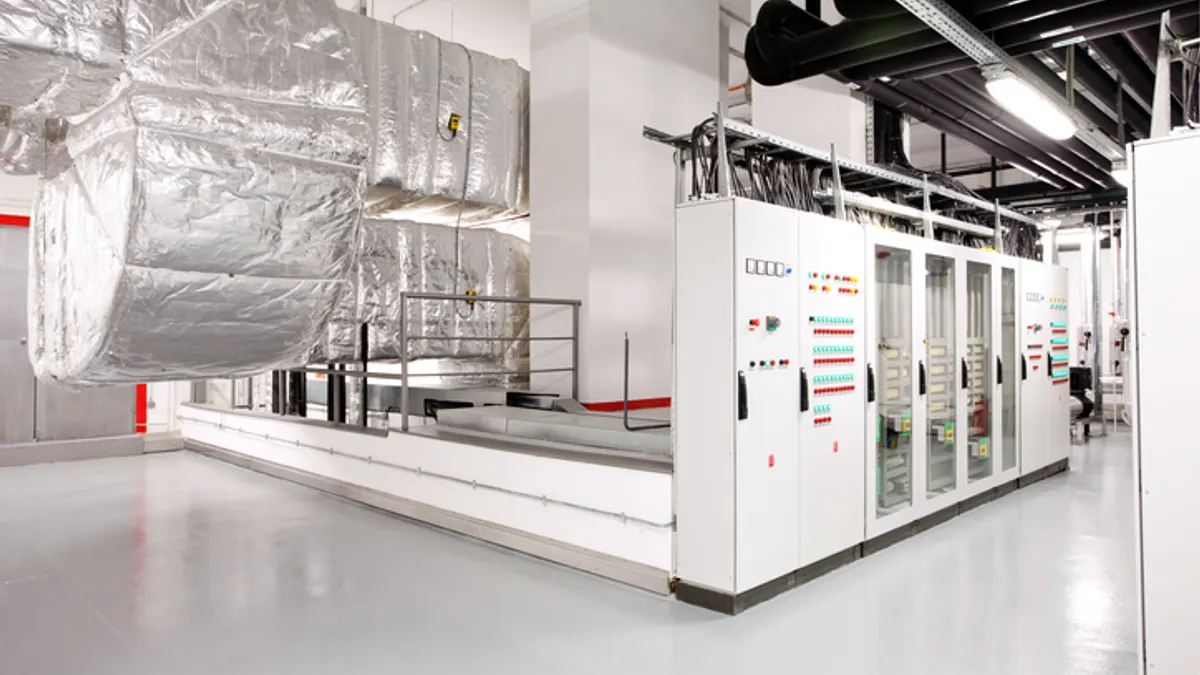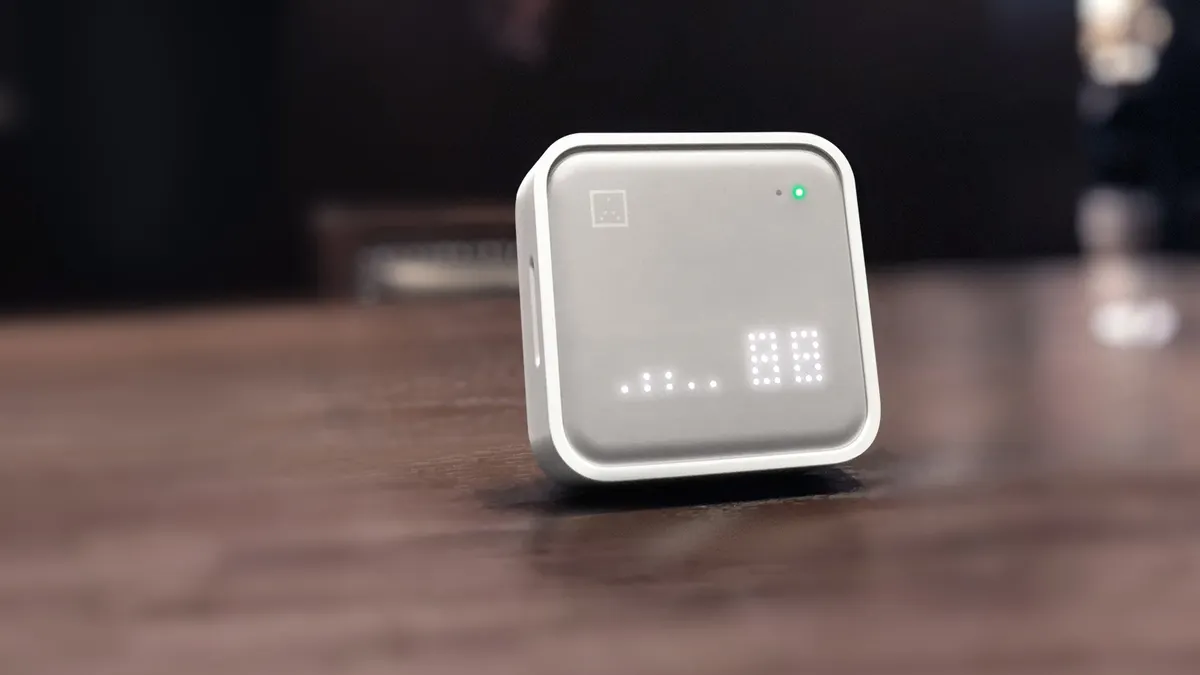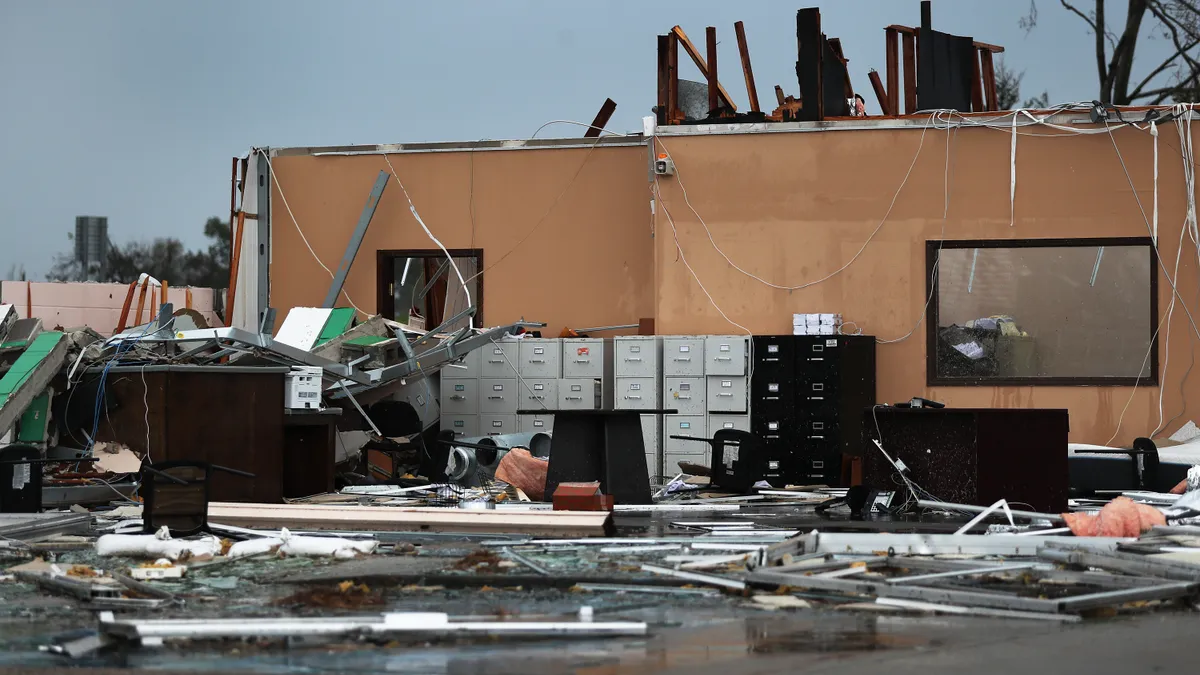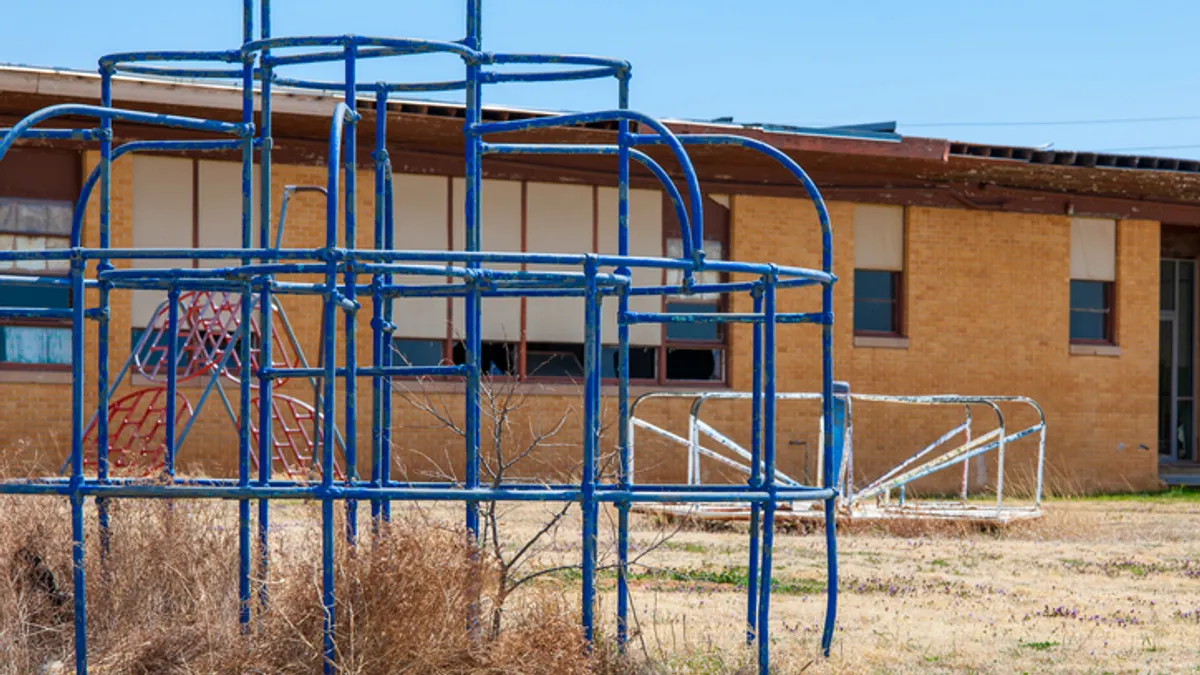Nadav Schnall is CEO of smart building monitoring company ProSentry.
As a facilities manager, water leaks create immediate operational challenges for you. You have to field complaints and manage costly remedial work. But the full impact of a leak may not be realized until the property’s insurance policy is due for renewal. Facilities with a history of claims for water damage may face a reassessment of their risk profile that leads to premium increases. In extreme cases, some operators may find it hard to secure coverage at all.
A recent case involving an Atlantic City casino brings this point into focus. A single frozen pipe in a mechanical area resulted in substantial damage, leading to an insurance payout of more than $5 million. The property now faces the prospect of a premium increase, making it hard for the hotel to attract the multiple carriers required to cover the property’s total insured value.
Mapping your vulnerabilities
But effective leak prevention is within your control by understanding your property's risk profile. Here are a few steps to take based on our experience working with facilities managers in properties across sectors.
Start by conducting a comprehensive area-by-area assessment, documenting bathroom and plumbing fixtures, HVAC units and any areas with a history of problems.

Mechanical systems and problem areas require equal attention. Evaluate boiler rooms, pump areas, and laundry facilities, where the highest-risk equipment is typically located. While a restroom leak may affect a few building occupants, a mechanical room failure can shut down elevators and displace entire floors.
Then review maintenance logs, insurance claims and work orders from recent years to identify seasonal patterns and recurring problem areas. This historical analysis can provide useful context when planning prevention strategies.
Monitoring implementation
Water leak detection technology can deliver early warning capabilities via a network of wireless sensors. Battery-powered sensors can be installed throughout your facility, communicating wirelessly to gateway units that cover large building areas.
Strategic sensor placement maximizes protection effectiveness. Position sensors under sinks, behind toilets and beneath HVAC units. For mechanical spaces, place sensors near all pressurized equipment and in areas that have a history of water leaks.
These devices, roughly the size of a popsicle stick with 10-year battery life, monitor the property and can alert staff in under a minute through multiple channels.
Other types of sensors can be deployed and connected to a monitoring system. Temperature sensors can be deployed inside economizers, for example, to detect freezing temperatures that can cause burst pipes.
When evaluating connectivity options, choose sensors that use LoRaWAN (Long Range Wide Area Network) protocol rather than Wi-Fi. LoRaWAN's lower power consumption makes it better suited for battery-operated devices while providing connectivity range that extends further than Wi-Fi systems.
Minimizing damages
Staff response times determine whether small leaks become major problems. For that reason, ensure your response protocols are aligned with the alerts and reporting that’s provided by your smart monitoring system.
Work with your monitoring provider to create multi-channel alert systems that deliver appropriate information to relevant personnel. While live operator calls and text messages provide immediate notification for urgent response, email alerts offer incident documentation. Ensure alerts reach the appropriate staff members through different communication channels to guarantee timely response regardless of shift schedules.
Ensure your protocols are clear, understood and easily accessible in the event of an emergency. Define roles for relevant team members during water emergencies, eliminating confusion when rapid response is critical. For example, maintenance staff should know shutoff valve locations and operation procedures, while building management staff should know the building occupant communication protocols for water-related disruptions.
Leveraging risk mitigation
Although facilities with water damage history may face increased insurance premiums at renewal, comprehensive leak detection systems can potentially reduce these projected increases by demonstrating proactive risk management to carriers.
Insurance brokers and risk management consultants have been partnering with smart-monitoring companies to develop risk mitigation strategies that can be presented to insurance carriers. While outcomes depend on each property's loss history and risk factors, proactive measures can strengthen negotiating positions when securing coverage terms.
For example, the Atlantic City casino had invested in monitoring technology, which helped it reduce its forecasted insurance premium renewal increase.
Building resilience
Effective water leak risk mitigation requires a commitment to technology deployment and operational procedures. Regular system testing, staff training updates and equipment maintenance ensure your property remains prepared for water-related incidents.
Focus implementation efforts on high-risk, high-impact areas that include restrooms, mechanical rooms, HVAC systems, laundry areas and locations with a history of water damage. The wireless design of sensor systems allows for quick installation with minimal disruption to building occupants.
By implementing smart monitoring systems and comprehensive response protocols, facilities managers can transform their operations from reactive to proactive water leak risk management. This approach not only reduces the risk of disruptive incidents but may also help properties with water damage history secure more favorable insurance renewal terms.

